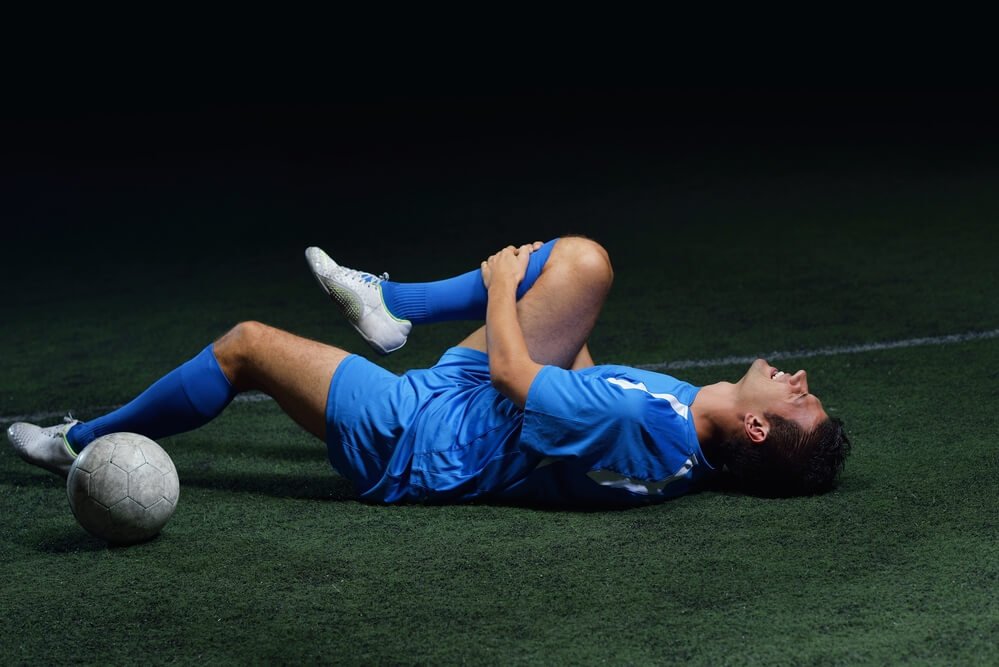
Are College Athletes Covered by Insurance?
The role of the student-athlete has come under a lot of scrutiny in the past few years. Questions about whether they should receive payment have been near the top. There is a related question as well, because it has quite a bit to do with money. In an arena where injuries, large or small, are very common, who pays the cost of the medical treatment? Is it the school or the student-athlete? SquarePeg Insurance Solutions, which offers college athlete insurance comparison services, has shared some details.
Who Picks Up the Tab?
There are absolute horror stories when it comes to athletic injuries. Student-athletes are no different. Whether it’s a concussion, a sprained ankle, or a torn ACL, the effects can be devastating. In football, the conversation has revolved around concussions. In other sports, like soccer or basketball, sprained ankles might be more common. It is a sad fact that torn ACLs can occur in almost any sport.
Along with the injuries, of course, comes extensive medical treatment. I don’t need to point out that the cost of healthcare in America can be exorbitant. If you don’t have health insurance, you are playing a risky game. The same is true of student-athletes, in a quite literal sense. So, when one of them tears his or her ACL on the field or court of play, who should have to pay for it?
AL.com says the NCAA requires “universities to certify that athletes have insurance.” This has been true “since 2005”. They also note that the insurance must cover “athletically-related injuries”.
You might be thinking, “Great! So, if my daughter or son plays collegiate athletics, they’re good to go!” The problem is that it isn’t quite so simple. Yes, they have coverage, but the pivotal question is, where does the money come from?
According to AL.com, insurance “can from from the school, a parent or an athlete’s personal policy”. Also, it “must cover up to the $90,000 deductible of the NCAA catastrophic injury insurance program”. In other words, the NCAA won’t help otherwise.
On the NCAA’s website, they describe the catastrophic injury insurance program. It “covers the student-athlete who is catastrophically injured” while playing for the school. “The policy has a $90,000 deductible and provides benefits in excess of any other valid and collectible insurance.”
According to the FAQ on the NCAA’s site, Mutual of Omaha provides the insurance coverage. For most schools and students, this means that Mutual of Omaha (the NCAA) will not pay anything until they pay $90,000. For almost anyone, that is a ton of money. If your son breaks his leg playing basketball, you or the school will need to pay the whole amount under $90,000. Only after that amount will the NCAA’s insurance program kick in.
The school is only required to make sure that every student-athlete has insurance. They are not required to foot the bill for those insurance costs and medical payments. The catastrophic injury insurance program is a fail-safe to cover costs outside that.
Some Pay, Others Don’t
Consider the now-famous example of Kevin Hardrick. He played basketball at the University of Oklahoma. During his time there, he sustained injuries to his knee that hindered his ability to play. If the school had covered his insurance and medical bills, he would have been fine. As it turns out, this was not the case, according to Bleacher Report. Kevin’s family “had to pay $10,000 out of pocket because their insurance didn’t cover” everything. That is life-changing for many families, in a bad way.
Now, to be fair, there are situations where the school has covered the medical and insurance costs. Tyrone Prothro, for one, was a wide receiver for the University of Alabama. AL.com said he suffered “a gruesome fractured leg and infection”. That was back in 2005, but the “injuries…still affect him today”.
Prothro himself said the costs were “something I couldn’t afford.” The same could quite likely be the case for almost every student-athlete in the country.
The NCAA Does Not Want to Pay
The word “student-athlete” itself conjures up images of both academic and athletic achievement. There’s a dark side to it, though. Many claim that the NCAA invented the term to protect itself and keep from paying worker’s compensation.
“The origins of [the term] lie not in a disinterested ideal but in a sophistic formulation.” This comes from SB Nation blog Inside NU in a piece about the term’s contentious history. The blog also quotes sports economist Andrew Zimbalist, who writes that the term helps the NCAA to “fight against [paying] workmen’s compensation”. This is a pretty strong indictment.
As we have seen, student-athletes must have insurance coverage before they can compete. This can come from their parents or the school. That said, it is quite difficult to know which one will pay the bill, should injuries occur.
The Atlantic has reported extensively on the subject. They say that the NCAA “Division I manual includes more than 400 pages of mandates for its member schools”. How many of those pertain to health insurance? “Less than a page.”
Further, the Bleacher Report article states that student-athletes are not covered in perpetuity. After graduating, “they don’t receive any medical help from their school”. This is a shame, as plenty of sports injuries last far longer than the four or five years spent at a university. Some can even last a lifetime.
All in all, there are positives and negatives, yeses and noes. At the end of the day, it is far from certain whether any given student has adequate coverage from their own school. They do have insurance, but who pays the bill is not at all clear.








